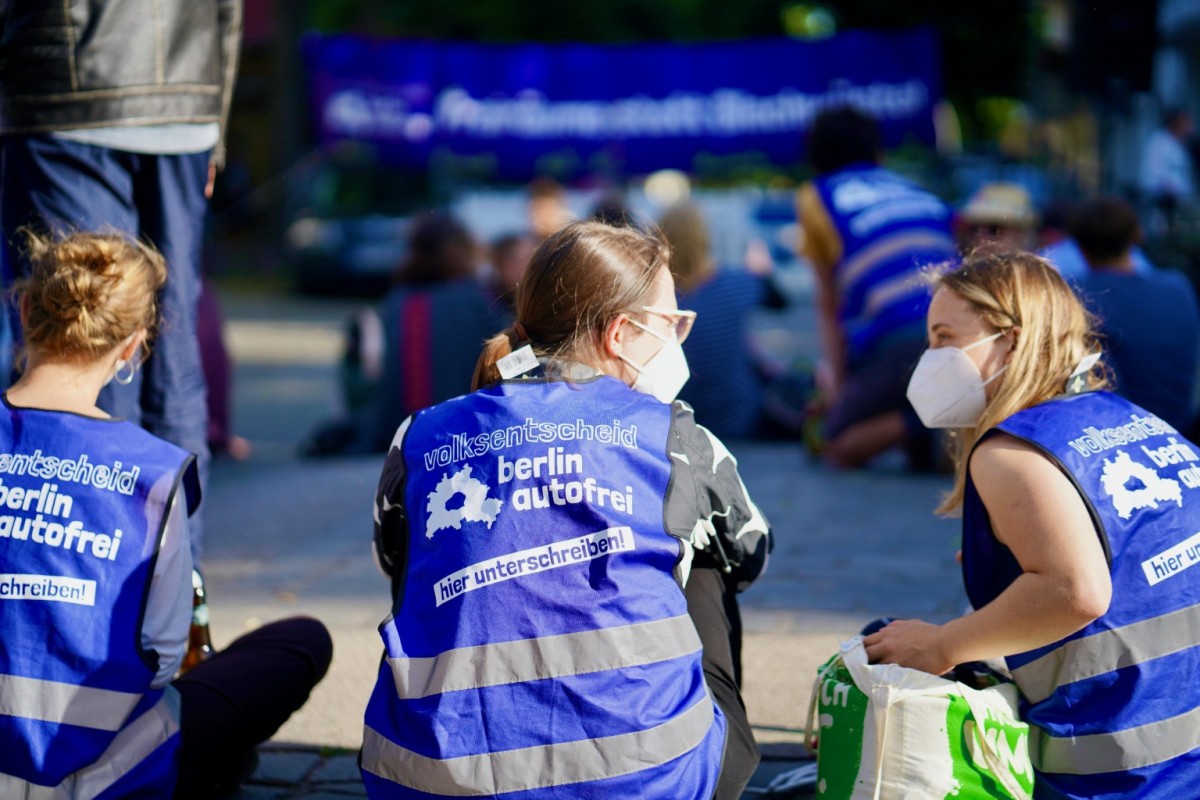Tell us about yourself and how you became involved with Volksentscheid Berlin autofrei.
What is Berlin autofrei? What’s the goal and mission?
What are some myths or assumptions people make about the car-free initiative that you think are unfair/exaggerated?
Which cities are models for the livable city we want to create?
How can being car-free make Berlin better?
What are some examples of how space could be used if we had fewer cars in Berlin and in other German cities?
How can people get involved with your organization?
- Join an AG (Arbeitsgruppe: working group). There we are planning the strategy, preparing social media posts, connecting with other initiatives and planning demonstrations. There are plenty of possibilities to engage, so you will definitely find something that suits you. AGs meet weekly and you can find the list of them here.
- Join a local team. If you want to meet like-minded neighbors and help us already now to spread the news about our Volksentscheid in your district, then this option is for you. Just leave your contact in this form.
- If you have little time, you can support us with a donation or on social media.
We have data that show people want to cycle but are apprehensive because of the perceived cost of repairs, theft, or concerns about showing up sweaty. What do you think of those concerns?
What else would you like to tell our readers about how to create more sustainable, active and connected communities in Berlin and beyond?
- Try to support your local businesses - they will save you time and make your neighborhood more vibrant.
- Get involved in a local community and discuss what's missing in your neighborhood. Even a small flower bed can make the atmosphere more pleasant and give you a sense of connection to the place.
- Tell your friends about our referendum! Let them know that the car-free future is closer than they think!
